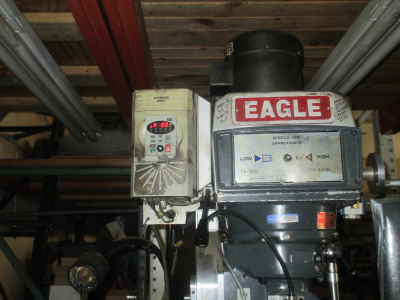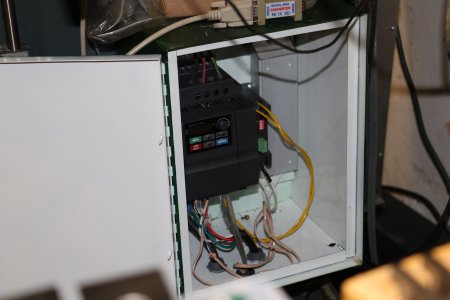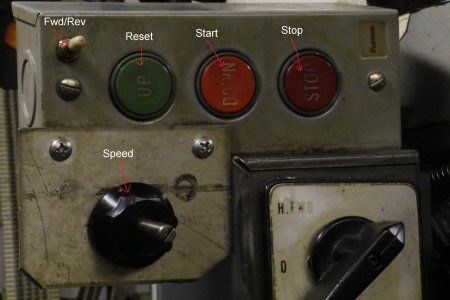- Joined
- Feb 8, 2014
- Messages
- 11,144
Yup, In at the top, Out at the bottom. You could mount it on the wall, on a metal plate spaced off of the wall an inch. The one on my mill is the same way, and it just sits in open air. Been there for 3 years. A grinder is a bit different, the particles are finer so you want to make sure it's out of the line of fire.






 Maybe I should re-phrase that , is this the easiest route to go for something that possibly won't be around long ? I remember the little gray boxes with the red sticker on them years back before I got the RPC , but looking for something cheap just to start the grinder .
Maybe I should re-phrase that , is this the easiest route to go for something that possibly won't be around long ? I remember the little gray boxes with the red sticker on them years back before I got the RPC , but looking for something cheap just to start the grinder .